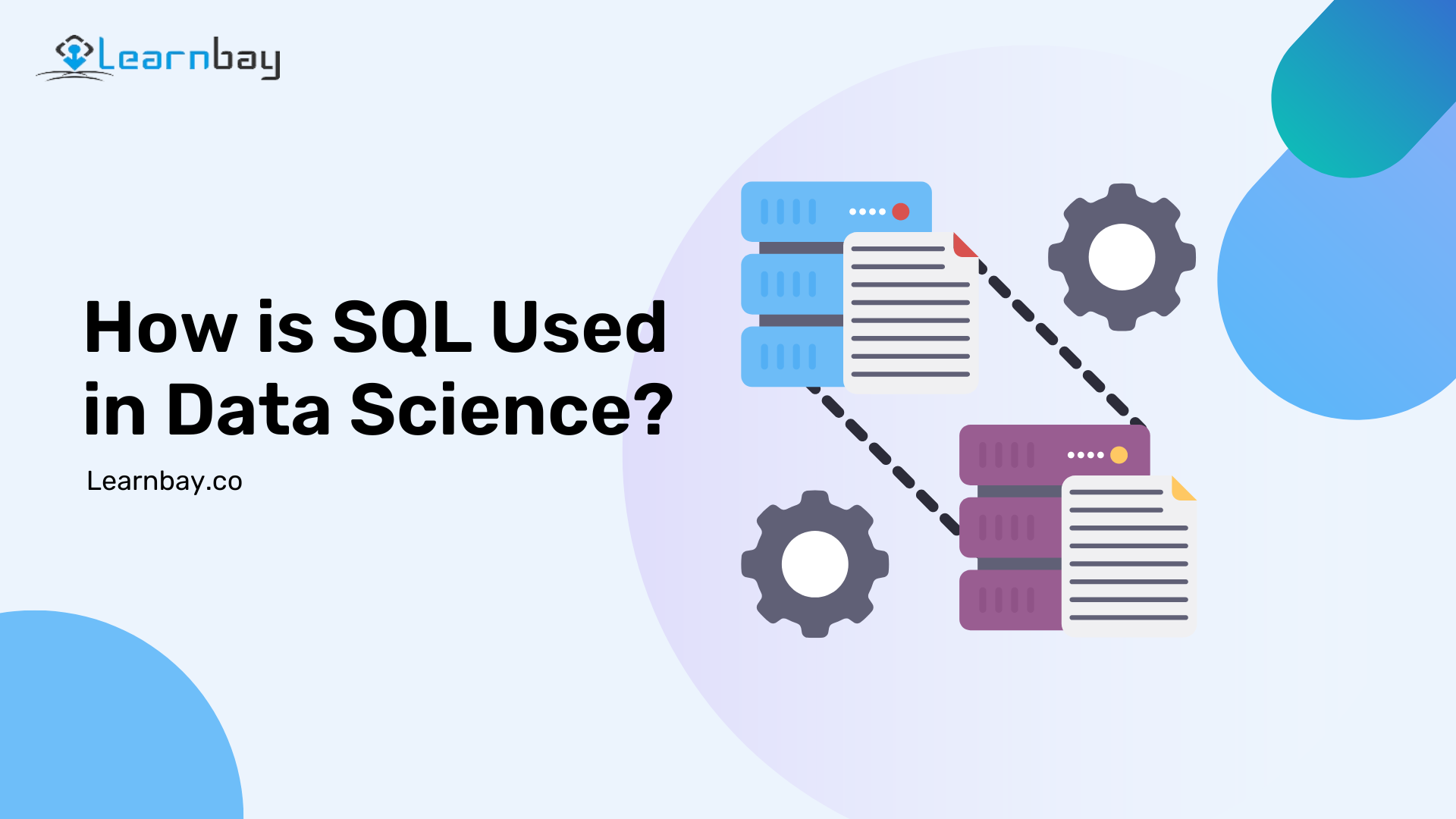How is SQL Used in Data Science?
 Data Scientist
Data ScientistTable of contents

You must remember the key skills required for data science. Where did you start? Where do you start if you're tuned in? SQL is the most excellent and accessible ability you'll learn.
You need to know the operation of SQL in data science and why each data science skill considers SQL a vital talent for data scientists before you can begin acting on this ability. Let's investigate, however, why SQL is important for data analysis.
The common querying language for all relative databases is SQL. The current massive information systems that use SQL as their primary API for their related databases also adhere to the current standard.
Importance of SQL in Data Science
The study and analysis of knowledge units are referred to as "data science." We tend to extract data from it before we can examine it. SQL enters the scene during this state of affairs. Data science includes electronic information service management, which is crucial.
The best alternative for several CRM, business intelligence tools, and workplace operations are still SQL, although many current businesses have double-geared their product management with NoSQL.
SQL is a model for many data platforms. This could be because several information systems currently use it as a standard practice. In truth, SQL is employed by modern massive information technologies like Hadoop and Spark to manage relational database systems, electronic databases, online databases, computer databases, and electronic information services and interpret structured data. Unlike Hadoop, which provides batch SQL functionality, Epycneros and Apache Drill provide interactive question functionality. On the other hand, Apache Spark speeds up the query process by utilizing the sturdy in-memory SQL design.
SQL experience is additionally necessary to become an information professional. SQL queries are a typical place to begin for information science interview queries. SQL is thus necessary for data science. We can conclude from the preceding description that SQL is required for "a piece of information," "a piece of knowledge," or "an individual to figure out with structured data." Relative information bases house this organized data. As a result, anyone working with data must be fluent in SQL to query these databases.
Massive data platforms like Hadoop provide associate extensions for SQL querying to permit HiveQL data manipulation. Data scientists utilize SQL as their go-to tool to experiment with information by building check environments. SQL is needed to do data analytics on the information unbroken in relative databases like Oracle, Microsoft SQL, and MySQL. Data preparation and haggling tasks need SQL in addition. As a result, SQL will be used whereas operating with numerous massive information technologies. Many training sessions are also available for people wanting to improve their SQL skills. One such training is a data science course in Bangalore, where you can master SQL for data analysis with the help of tech leaders.
What SQL skills are necessary for Data Science?
Knowledge of the RDBMS
The RDBMS is the most important and fundamental plan for a prospective data individual. You would like to have a solid understanding of RDBMS so as to store structured data. The information could then be accessed, retrieved, and altered using victimization SQL.
Every data platform should have an associated RDBMS. Even the most sophisticated massive information platforms include some means of processing structured data that uses associated RDBMS. Knowledge of the SQL commands Any individual should be acquainted with the following SQL commands:
Data search language Data Manipulation Language Data Definition Language Data management Language
Null Value The image null depicts a missing price. In a table, a field with a Null price is empty. A null price, however, differs from a zero price or a field with empty areas. Indexes An easy way for an information computer program to seek out values in a row is to use made-to-order operation tables. We can load the information into the data compartmentalization database quickly.
Joins Our table joins the most crucial electronic data service fundamentals that an informed individual must perceive. The two types of joins are inner joins and outer joins. Afterward, they're separated into Inner, Left, Right, Full, etc.
Primary & Foreign Key In data, a primary key represents distinct values. Using a primary key, we can distinguish each line and record from the data. On the opposite side, two table area units are connected via a far-off key.
SubQuery A nested question contained within another question is understood as a subquery. The SQL language has four crucial subqueries: choose, insert, update, and delete. The knowledge will be applied to the first inquiry.
Creating Tables Because structured relative tables are units utilized in data science, understanding how to build tables in SQL is important.
Conclusion Finally, we conclude that SQL is crucial to data science. Current massive data systems mimic SQL to investigate organized data that's created aboard unstructured data. Additionally, we apprehend the various SQL talents that are crucial for data science.
You have now examined SQL's place in data science. The time has come to become an associate skilled in SQL for data science by enrolling in the best data science training in Bangalore. Learn SQL and implement them in various data science projects.
Happy reading!
Subscribe to my newsletter
Read articles from Data Scientist directly inside your inbox. Subscribe to the newsletter, and don't miss out.
Written by
